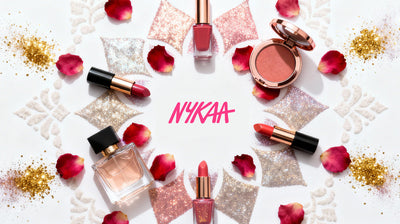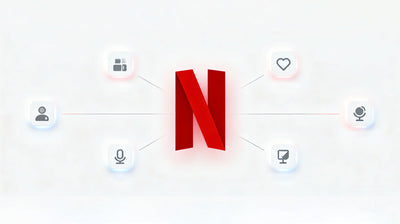In This Article
In a world where the swiping of every screen brings up yet another "amazing" product, what is it that makes you stop and really remember a brand? Hint: it's not longer ingredient lists, and certainly not flashier sales. Not even the most fashionable influencer shout-outs. quite another matter. The answer is as old as that first campfire story - you have to know something about what matters most to people in any given situation.
Why Storytelling is Important for D2C
What feels even better than having D2C products arrive at your door? When products come with stories of their own, they go straight to your heart. The D2C universe is a lively pool: drink mixes, vegan shoes, and skincare that Austream Technology beauty, each company has its own spiel. However, only a few will stick around beyond the first year or two because only a few are telling us stories that make our hearts move. The fact is that a great product can make you stand out. A great story gets you not only noticed but also remembered.
The Hero's Journey (And Why Every Brand Needs One)
Take your favorite D2C brand. Chances are, you know something more than just what they sell — you know why they do it. Consider boAt headphones: beyond music devices, they are the sound of hustle and new-age Indian ambition. Or The Souled Store: yeah, T-shirts and fandom, but also a bonfire for young India to wear its passions loud and you know, Instagram them, too.
At the heart, each unforgettable brand story requires:
-
A hero the user can relate to (not just the founder)
-
A problem or quest (“Why groan about boring basics?”)
-
The winner (“Style plus comfort — without the compromise”)
Brands that highlight users triumphing over struggles, reaching a milestone, driving change are behind the wheel with their consumers, not just in the checkout tab.
Going Personal and Vulnerable
Today’s buyer has a superpower: detecting fake “about us” blurbs from a mile away. D2C stories win when they’re raw, honest, and just a little vulnerable. Whether it’s the startup mistakes a founder makes (hello, first batches gone wrong!) or disorganized office starts, that transparency sucks customers in.
Take Mamaearth, which established its baby care empire based on the founders’ search for safe products for their baby, which was told simply, in a relatable manner, and that was authentic. The audience didn’t just purchase lotion; they invested in a family’s mission.
Visuals: ‘Cause a Story Without Pictures Is Just Homework
A strong personal brand and a good Insta feed are the Instagram era’s answer to folklore. A D2C brand’s quirky illustrative style, color codes, or unique packaging can make it immediately distinctive in a crowded feed.
Sleepy Owl’s coffee cartons are loud “laid-back mornings,” and SUGAR Cosmetics’ loud colours, snazzy campaigns, and unique product launches that always feel like a special occasion, a party!
When story and visuals align, your customers begin to tell your story for you, hello, user-generated content, shareable memes and viral hashtags.
Micro-Stories: Mini Moments That Stick
It’s about more than just a once-a-year brand film. The best D2C brands are threading micro-stories through everyday experiences:
-
Unboxing notes with personalized messages (“Hey, you’re awesome!”)
-
Customer spotlights (“Real stories from our community”)
-
Behind-the-scenes (office pets, campaign fails, founder all-nighters)
This layered storytelling turns a simple product drop into a relationship.
How to Construct Your D2C Brand Story (The Cheese-Free Way)
-
Start With the Why: Film the moment of inspiration or necessity that gave rise to your product.
-
Showcase Real Moments: Good is one thing; honesty about hurdles is better.
-
Give Your Customers a Voice: Highlight their victories, anecdotes and innovation.
-
Keep It Visual: Include images, videos, illustrations — even memes.
-
Grow the Story: As your brand grows, your story follows and you keep everyone engaged with new chapters.
Bottom Line
Creating a D2C brand that people remember (and come back to) isn’t about flashy ads or mega budgets — it’s about telling a story worth sharing. If you’re able to infuse authenticity, emotion and community spirit in everything from your packaging to your Instagram stories, you’re building more than a brand. You will actually have created a legend that your customers will want to take home and tell others.
Get your story ready, become the hottest brand being whispered about. Begin at the beginning, and let your customers write the next chapter with you.




